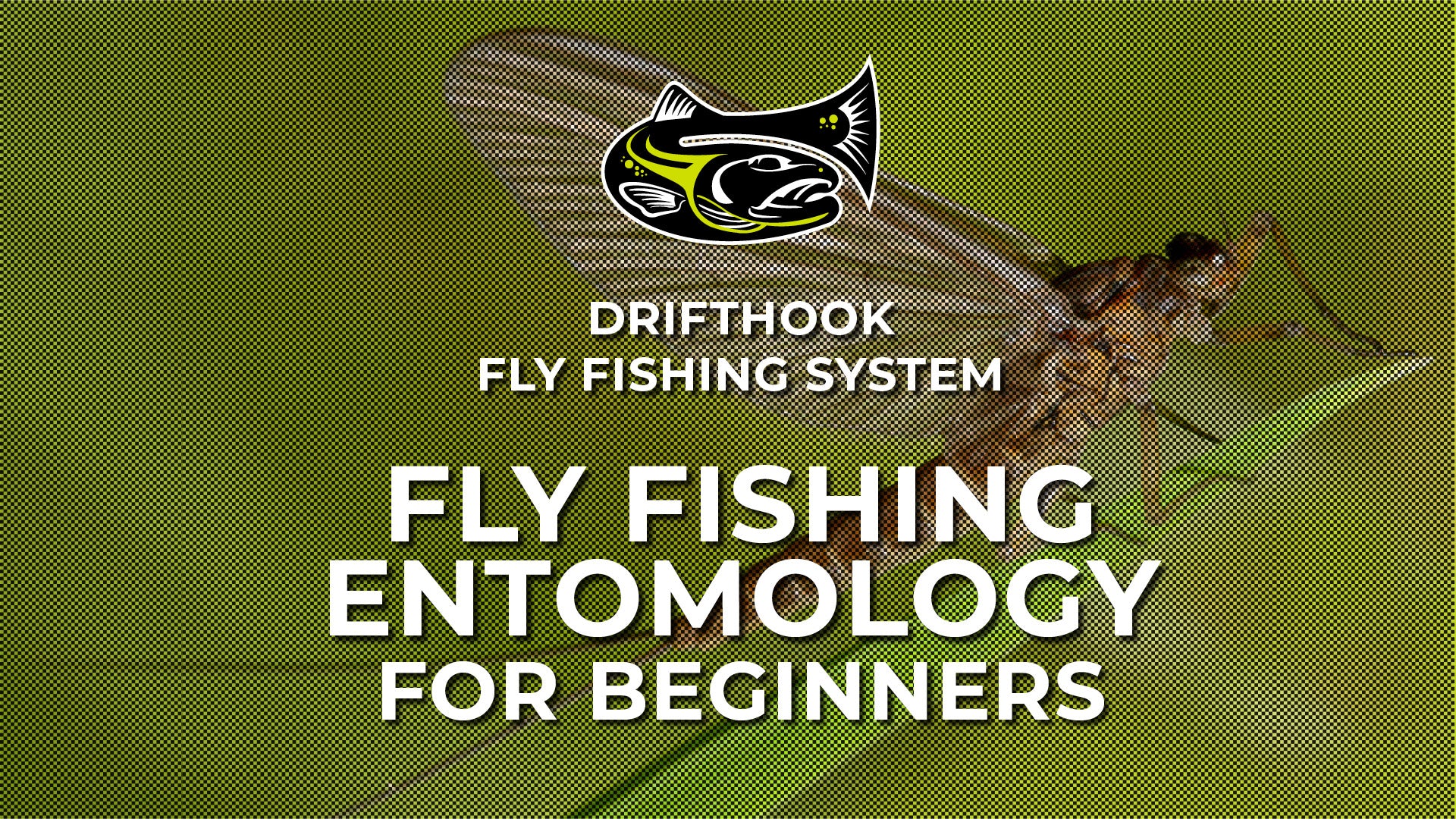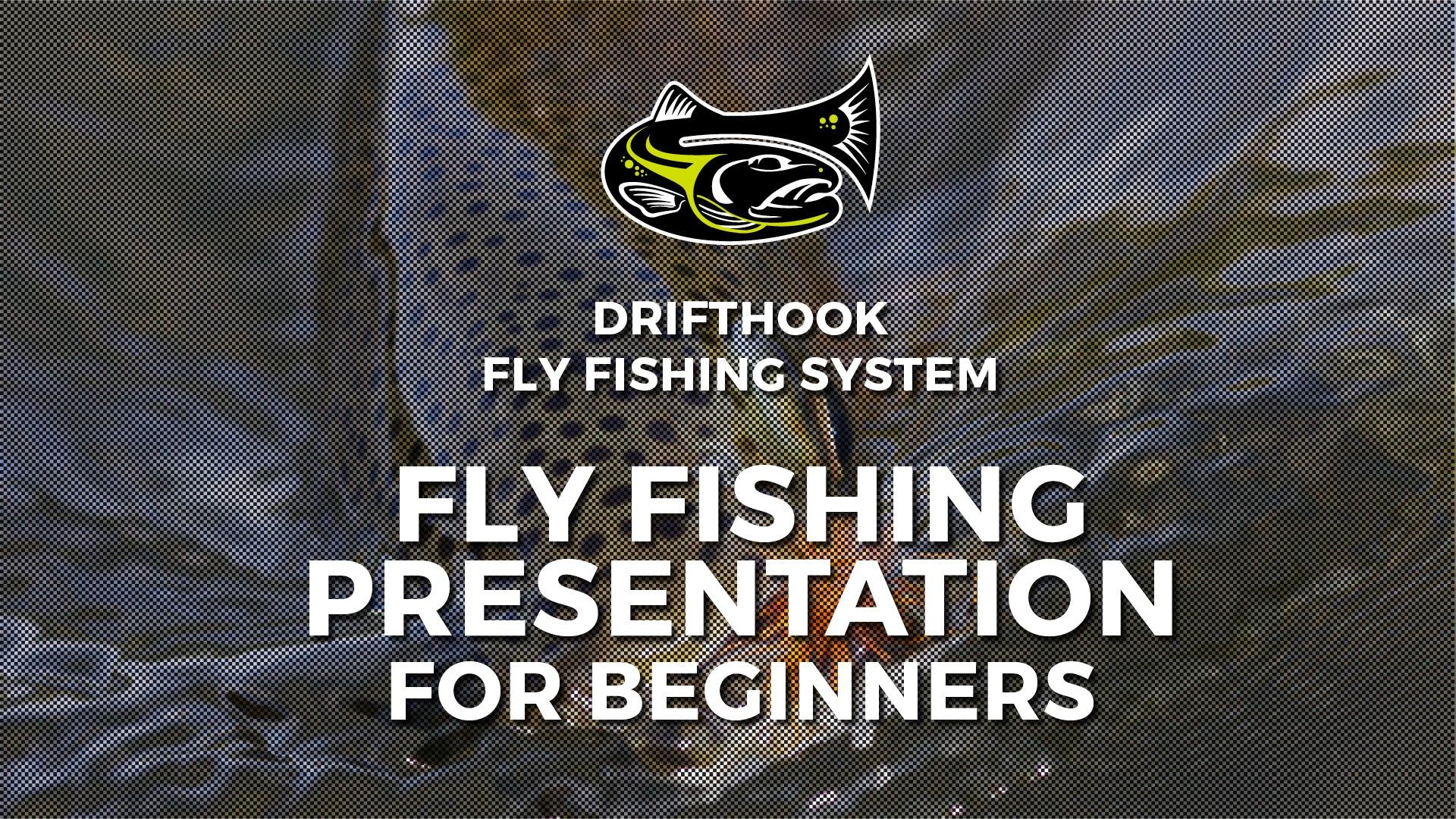So let's say you're an avid fishing fanatic and you have just decided to delve into the world of fly fishing, what is the hype? Perhaps you've heard of fly fishing, but you're not exactly sure the rudiments, or maybe you are well averse with this fishing method, but you want to take your skills to the next level.
Fly fishing is a method of angling that uses an artificial fly that mimics a natural insect or baitfish. It is hucked using a fly rod, reel, and a weighted line, and the fly is aimed to resemble other food organisms that tempt trout to eat or "take the fly." It's often most popular in rivers and lakes, which makes for an exceptional lifelong sport.
But when you have fished all of your local streams and ponds, and you're ready to explore new waters, you might be a little timid on where to start when you do approach larger water. Large lakes and large rivers can be overwhelming when you first contact them.
So let's pinpoint Ten of the Best Tips for Fly Fishing Big Water. Let us discuss items from techniques, to which equipment to use, to safety aspects to ensure you're not in dangerous territory, and of course, to just improve the quality of your angling skills. Let's ensure that you are ready to tackle fly fishing larger water with confidence.
1. Let's Stay Safe!
Let's Stay Safe! Often fly fishing is popular in big waters, such as rivers and lakes, but as with any type of fishing, approaching it with caution is going to be wise. Look out for currents of the river and be aware of dangerous weather conditions such as lightning or heavy rain that could cause flash flooding. With warm weather also comes the risk of heat exhaustion, so make sure you prepare for the elements and have plenty of drinkable water on hand. If you are new to fly fishing and want to know what you should wear to be ready for a fly fishing trip, check out our extensive article here on the subject.

2. Map it out
You probably have a fishing preference, as many anglers do, you may prefer the excitement of a vast fast-flowing river, or other anglers may look for slower, calmer waters such as lakes where they can fish in peace. Depending on where you end up going will determine how you should be looking for being successful when fly fishing. If your large fishing rivers, many tactics that you get from reading the water on smaller streams can apply to these larger rivers as well.
When fishing lakes, look for drop off zones, shallows, and vegetation as these will be the areas that fish are most likely going to be searching for food. You might wonder how long of a leader you will need to fish these more profound depths. You can find our entire "How Long Should A Leader Be for Fly Fishing" here.
3. Check Your Gear
You might think that just because you are going out to bigger water that you need to purchase larger rods and new gear. That is not always the case. I carry a 9ft 6wt fly rod with me, and it can handle almost every large body of water that I fish. I can huck streamers and dry flies into the wind and still have delicate nymphing presentations. Unless you are trying to pull down a 30+ inch steelhead, you can probably get away with the current fly rod that you own.
4. Countdown to success!
In more mammoth lakes, fly fishing can take a little more skill and effort. There is something known as the countdown method. Once you've cast your flies, pull it tight to straighten to ensure you will feel any resistance. Then countdown for 5, 10, 15, and up to 25 until your fly sinks through. With each cast, you can count for a little longer, which will enable you to find out the depth or roundabout where the fish are currently holding. Then you can adjust your flies and leader accordingly.

5. Keep an eye on the sky
Clear skies and climate make for more comfortable fishing conditions, there is no argument there, but it is not always the best conditions for fly fishing for trout. Fishes' eyes are adapted for lower light levels, they prefer a cloudier less visible weather, so if the sun is beaming down, they are likely to feel less comfortable and drop to deeper levels, so if the sun is out, start your fly fishing lower to feel the bite!
Also some fo the best time to fool them is the first hour of sunlight and the last hour of the sun. These times are known as the "Hours of Power," and you will find that the action at these times is fantastic.

6. Double up!
When you first start fly fishing, it is hard enough to keep track of a single fly, let alone two. But using more than one fly is going to improve your chance of catching a fish when you hit the water. The same goes for fly fishing in big waters. A two or even three fly presentation can improve your success. Below is an easy two fly set up to use on a large river that has been very successful for me over the years.

7. Choose your fly pattern based on the depth of water that you are fly fishing
Fly patterns are tied in an endless amount of colors and options. Some are more successful throughout the years than others. We have found a simple system that can help you catch more trout every time you hit the water. By following the graph below, just pick your month, and below, it will be the fly species that will be most successful during that time. Also, by following the color of the bars, you can tell what color is more likely to be successful during that time.

But always keep depth in mind when picking the color of your pattern. The deeper you go in the water, the less light makes it down to that area. So if you are fishing deeper pockets, use darker colored flies. And vice versa, if you are fishing shallow using lighter colored flies. Flies that have flashbacks represent the air bubble that is formed when a nymph is rising to the surface. So if your pattern has a flashback, it was intended to be fished at shallower levels.

8. Go deeper
Adding weight to your line from slip shot or adding a sinking fly line will help get your flies down closer to the feeding zone. Depending on what fly you are fishing, you could look at a sinking line, which can sink lower, and it remains at that low level as you start your retrieve. I typically fish a floating line on rivers and add split shot, but when I'm nymphing large lakes I like to keep a sinking line on hand so I can get streamers down to a level that the fish are at without adding a split shot. Fishing with a faster sinking line can be productive if it is used properly.

9. Grid Casting or Fan Casting
Try this technique if you don't know it already. Grid casting or fan casting technique for fly fishing has been around for many years. What this technique aims to do is cover a larger area of water for fly fishing.
Places your casts from as far left as you can, and then cast in increments of 12 to 16 inches as you move to the right. In essence, you will fan and along to the right covering more water. Once you have done this, start again and re-cover the area.
If you are not getting any strikes or hits, try them at different depths to ensure you have a vast area covered, this is particularly good to try when fly fishing in lakes where feeding lanes are not as easy to read as they are in rivers.
10. Cover more water on a boat
If you can, get a boat or make friends with someone that has one. You could cover four times as much water with a boat and areas of abundant water that you wouldn't be able to if you were wade fishing. When fly fishing from a boat, you will most likely have to cast further as fish are getting more and more aware of humankind. But the good thing about a boat is you can make those larger casts without worrying about what is going to be in your backcast.

So, are you feeling prepared for the when you go fly fishing on big water? Are you willing to wow your fellow anglers and yourself alike? The essence of fly fishing is practice and patience, and as anglers, you will probably know all too well the importance of patience. To break it down further before we wrap it up, here is my checklist of items that I like to go over before I head out on a large water fly fishing trip.
EQUIPMENT CHECKLIST FOR FLY FISHING BIG WATER
- 8.5 or 9-foot rod with 5 or 6 weight floating line
- Matching reels and lines
- Sinking tip line
- An assortment of Nymphs, Dry Flies and Streamers
- 9-12 foot tapered leaders
- Spools of 3x,4x,5x,6x tippet material
- Lightweight/breathable waders with layers underneath
- Wading boots
- Fishing vest, hip-chest pack or other product to hold gear
- Fly floatant, paste or powder
- Nippers
- Forceps
- Net
- Fly Fishing Hat
- Raincoat
- Sunglasses
- Water
When starting, you don't need all of this equipment. To fly fish, all you need is a rod and some flies, but as you grow as an angler, all of these fun gadgets can be helpful when hunting that trophy trout of a lifetime.
Fly fishing is a skillful pastime, but it can also be beneficial to your mental health, including aiding stress, anxiety, and the fresh air is a brilliant way to help the body restore itself. There is no denying that fly fishing big water in the great outdoors is good for your physical health. Not just for the physical and mental aspect but the social aspect, building a community with fellow anglers is exciting, and you will find you can gain tips and add to your wealth of knowledge from learning and talking to other fly fishers. It's fun, exciting, and does not take a tremendous amount of talent. Be safe, have fun, and above all, happy fly fishing, this season and the next!
About the Author
Matthew Bernhardt, a third-generation Coloradan, grew up at the forefront of the state’s fly-fishing revolution, enjoying time on the water, side by side with experienced guides and lifelong anglers.
By combining his passion for fly-fishing with input from other experienced fly-fishers and guides and his fine arts degree from Colorado State University, Matthew spent five years carefully developing the Drifthook Fly Fishing System, built to help every angler catch more trout.
When he’s not spending time with his wonderful family, you’ll find him out on the water catching MONSTER trout, and he anxiously looks forward to the day when his kids are old enough to join him there.




